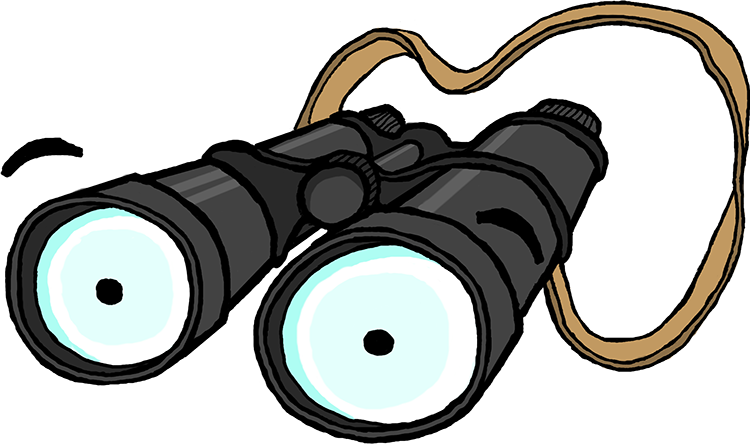Facially Injured
Soldiers had to lift their heads above the trenches to see across the battlefield. This made them vulnerable to attack from an array of weapons and they often suffered serious injuries and wounds to the face and head as a result.
Facially Injured
The dressing stations and hospitals behind the lines on both sides at the Battle of the Somme had never before seen so many men with severe facial injuries. On both sides, governments were forced to bring together the most ingenious surgeons of the day and the early pioneers of plastic surgery to tackle the challenge.
On the Allied side in the early days of the war, the British New Zealander Ear, Nose and Throat (ENT) surgeon, Harold Gillies, worked with Charles Auguste Valadier, a French-American dentist In Boulogne who had set up a small facial injury service, and the French surgeon, Hipolyte Morrestin, to invent new techniques for closing facial wounds and treating the loss of skin and tissue. On the German side, Fedor Krause, Jacques Joseph, August Lindemann and other surgical colleagues were facing similar challenges.
Gillies was shocked by the injuries he saw in the field and requested that the army set up their own plastic surgery unit. In June 1917, the new Queen’s Hospital (later Queen Mary’s Hospital) opened in Sidcup, Kent, in response to the huge number of facially-wounded soldiers. The hospital specialised in facial reconstruction. Here Gillies and his colleagues developed many techniques of plastic surgery. More than 11, 000 operations were performed on over 5,000 men mostly with facial injuries.
DID YOU KNOW...?
Many facial injuries were caused by shrapnel. Steel helmets were adopted in 1915-16 to address the problem of head injuries.
Henry Tonks
In early 1916, Harold Gillies enlisted Henry Tonks, who had trained as a doctor and was Assistant Professor of Art at the Slade School of Art in London, to draw his patients at Aldershot Hospital and then later at Sidcup. Tonks was asked to produce diagrams of the operations so Gillies would be able to see his patients’ injuries before and after surgery, and reflect on what the surgeons had done.
Tonks’ pastels are the finest examples of medical imaging before the advent of medical photography but he viewed them a unacceptable for public view.
Post - Surgery
In Britain, even after Gillies and his team had done their best to treat these soldiers’ damaged faces with the new plastic sugery methods, their faces were almost completely hidden from view:
Mirrors were removed from the wards where they were treated
They were physically, psychologically and socially isolated from other patients, the world beyond the hospital’s extensive ground, and also from their families who sometimes, is is reported, did not want to see them
Prosthetic masks were developed to cover their damaged facial features
In spite of journalistic claims for near-miraculous restoration through modern surgical methods, unofficial censorship in the British press ensured images of facially wounded veterans were not shown - whereas amputees were celebrated as war heroes
British veterans who had sustained facial injuries often returned home and resumed their pre-war occupation or worked in a new trade of acquired new skills through the extensive rehabilitation facilities at Sidcup.
Many thousands of French soldiers were also facially wounded in the trenches. They went on to form an organisation called les Gueules Cassees (Shattered Faces). Their charity appeals, which included images of soldiers with facial injuries, attracted huge funds with which they bought and established a grand house offering members treatment and convalesce.
Among the thousands of facially wounded French soldiers was Gaston Julia, originally from Algeria, and conscripted at 21 years. Gaston’s facial injury destroyed his nose. His numerous surgeries were unsuccessful and he wore a leather cover over the part of his face where his nose had been. Gaston had a long and successful career as a top mathematician.

